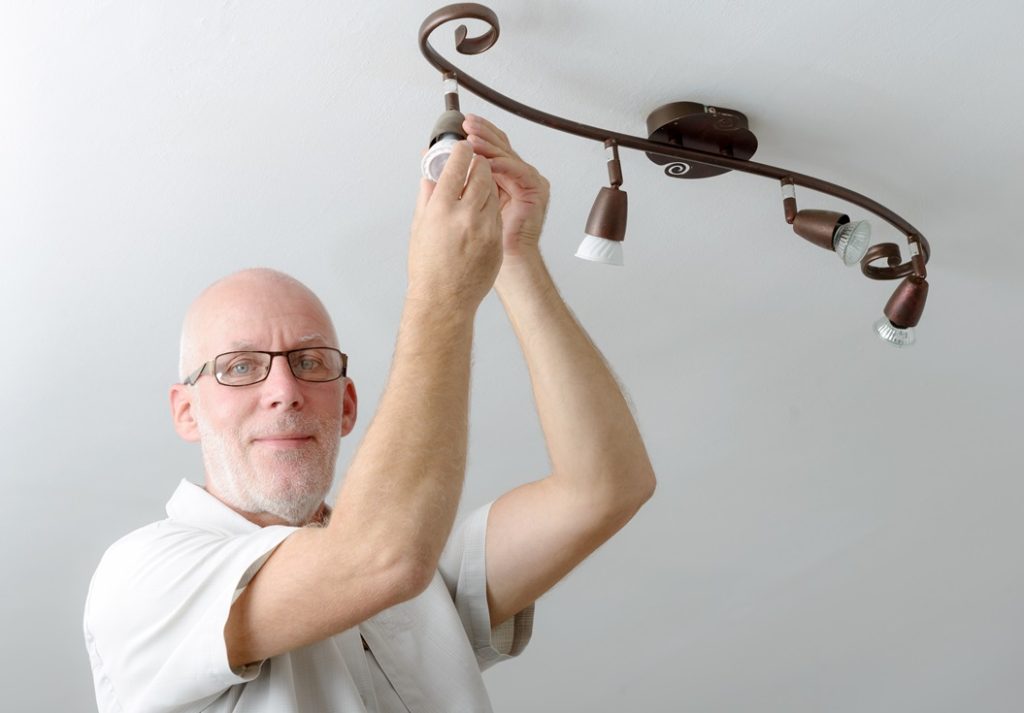As lighting technology rapidly evolves, LED bulbs offer unmatched longevity, efficiency, customization and sustainability compared to traditional bulbs. Their expanding IoT (Internet over Things) capabilities also seamlessly integrate illumination into broader smart homes.
Thanks to accelerating LED advancements, the lighting industry is undergoing its biggest transformation since Edison. Scientifically engineered semiconductors enable light emission through electricity far more efficiently than heating metal filaments. And LEDs keep getting better-bulbs sold today consume 75% less energy than just a decade ago. As demand and enhancements grow, costs drop, making LEDs the new normal. But how do lights that seem superficially simple work their magic?
SAP Calculations & Lighting
A SAP Assessment is the approved methodology for producing the energy rating of new or existing homes in the UK. SAP Calculations take in to consideration a number of factors, including the type of lighting. Therefore, lighting has an important role in assessing the energy efficiency of a dwelling.
Inside a LED Bulb: From Electrons to Illumination
Here is a list of things that have a role in LED lighinting:
Evolving LED Chip: Microscopic phosphor-coated semiconductors emit more bright lumens per watt when electrified, with no hazardous gases or moving parts. Durability and efficiency improve each year, allowing smaller and brighter LED modules.
Secondary Optics: Multi-layer precision optics encapsulate LEDs to accurately manipulate directional light properties – from spotlight beams to 180-degree flooding.
DRIVER Circuit: Compact drivers reliably regulate voltage and current to protect rated lifespans averaging 15+ years. Some support wireless firmware updates.
Thermal Management: Advanced heat sinks and housings pull heat away from sensitive electronics to maintain ideal operating temperatures for maximum lifespan. Small fan attachments further augment heat dissipation in high-output configurations up to 800W.
Smart Embedded Controls: Digital processors enable app integration, automation scheduling, adaptive “circadian” dimming, activity monitoring and some self-calibration to maintain consistent programmable lighting over decades of use.
Durable Housing: Sleek metal housings promote conduction and survivability with integrated components secured to locked positions. Water/airtight gaskets plus impact protection certifications preserve internal electronics in harsh environments.
Modular Power Inputs: Removable plug-and-play power connectors tailor LED fixtures to preferred voltage/amperage ratings and outlet types. Most professional LED luminaries twist lock 120V to 277V modules interchangeably.
Why Switch to Connected LEDs?
Here is a number of reasons homeowners should switch to LED lighting:
Projected 50,000-Hour Lifespans: Component and housing refinements allow average-rated lifespans to approach half a century of use before noticeable depreciation.
Impact & Vibration Resilience: Solid-state electronics do not have delicate filaments, making LEDs ultra-sturdy by design. Most can withstand over 10G shocks.
Selective Light Spectrum: Tunable colour models create vibrant scenes or support health. White ambience options hit any shade from candlelight to daylight.
Voice/App Integration: Control lighting moods, occupancy modes, schedules and automation triggers from smartphones and devices.
Optimized Energy Savings: Sensor-driven activation plus adaptive dimming during vacancies dramatically cut waste.
Sustainable Materials: Components are easily separated for responsible recycling. No toxins or mercury. Lower emblem carbon footprint over incandescent.
The Collective LED Advantage: Lower Bills & Responsible Lighting
Choosing Energy Star-verified LEDs realizes lower household energy usage mainly through the:
· Ultra-Low Wattage: Use ~75% less energy than typical bulbs being phased out. A 7W LED rivals a 60W classic.
· Negligible Standby Loss: Precise power management prevents phantom “idle” energy waste.
· Future-Proof Lifespans: Changing bulbs less frequently = higher sustainability and fewer costs over decades of exceptional illumination.
In summary, LED technology in 2024 delivers far beyond essential lighting with heightened energy savings and lifespan numbers once thought impossible. Internet connectivity unlocks customization and controls that are limited only by the imagination. For households seeking responsible lighting protecting both the environment and budgets over the long term, connected LEDs provide a brilliant solution.



